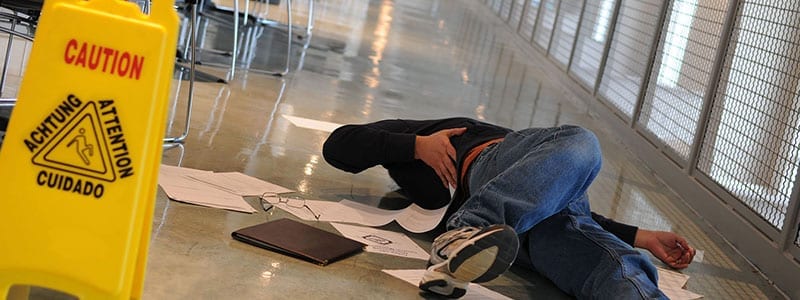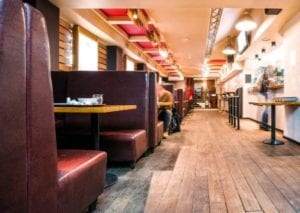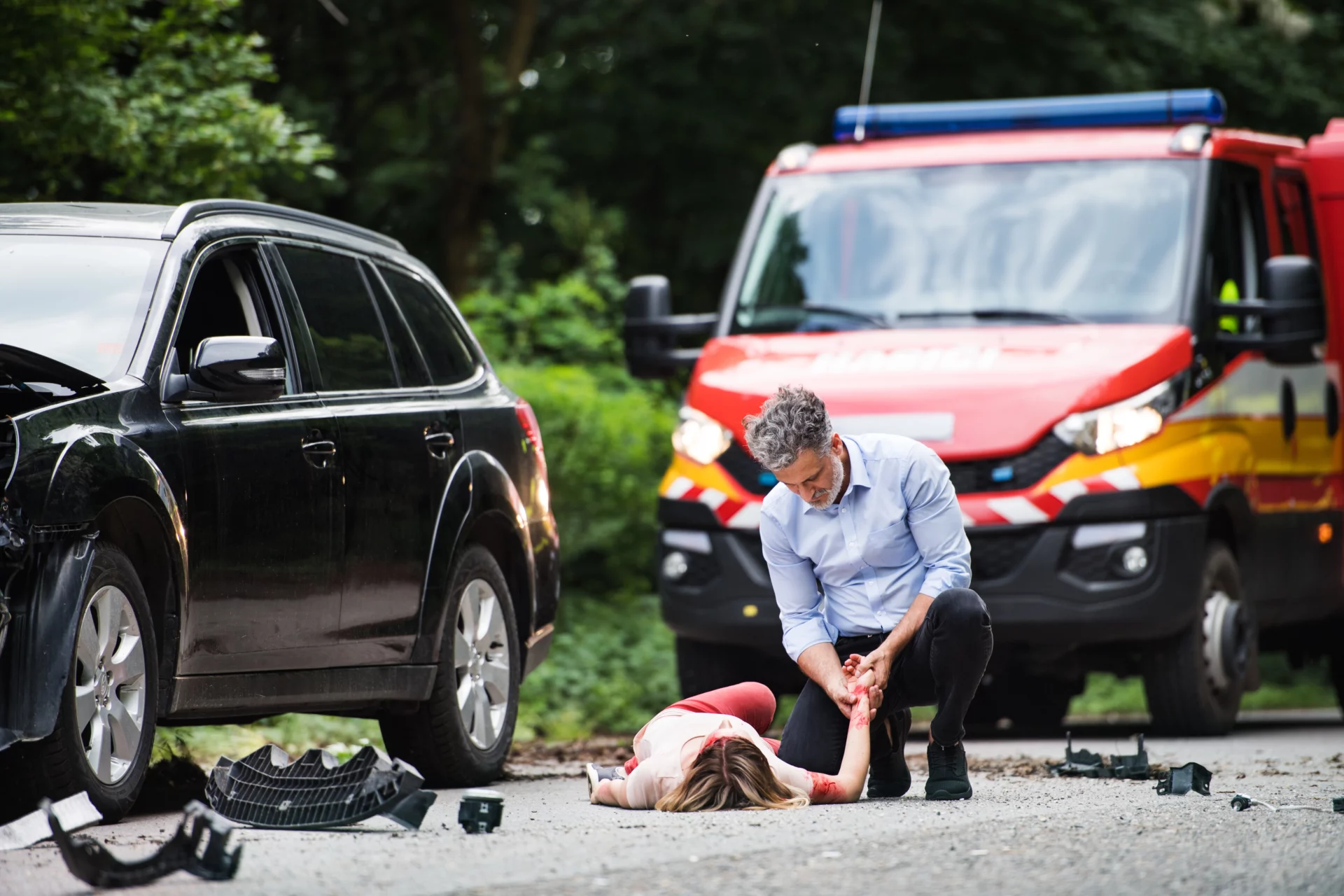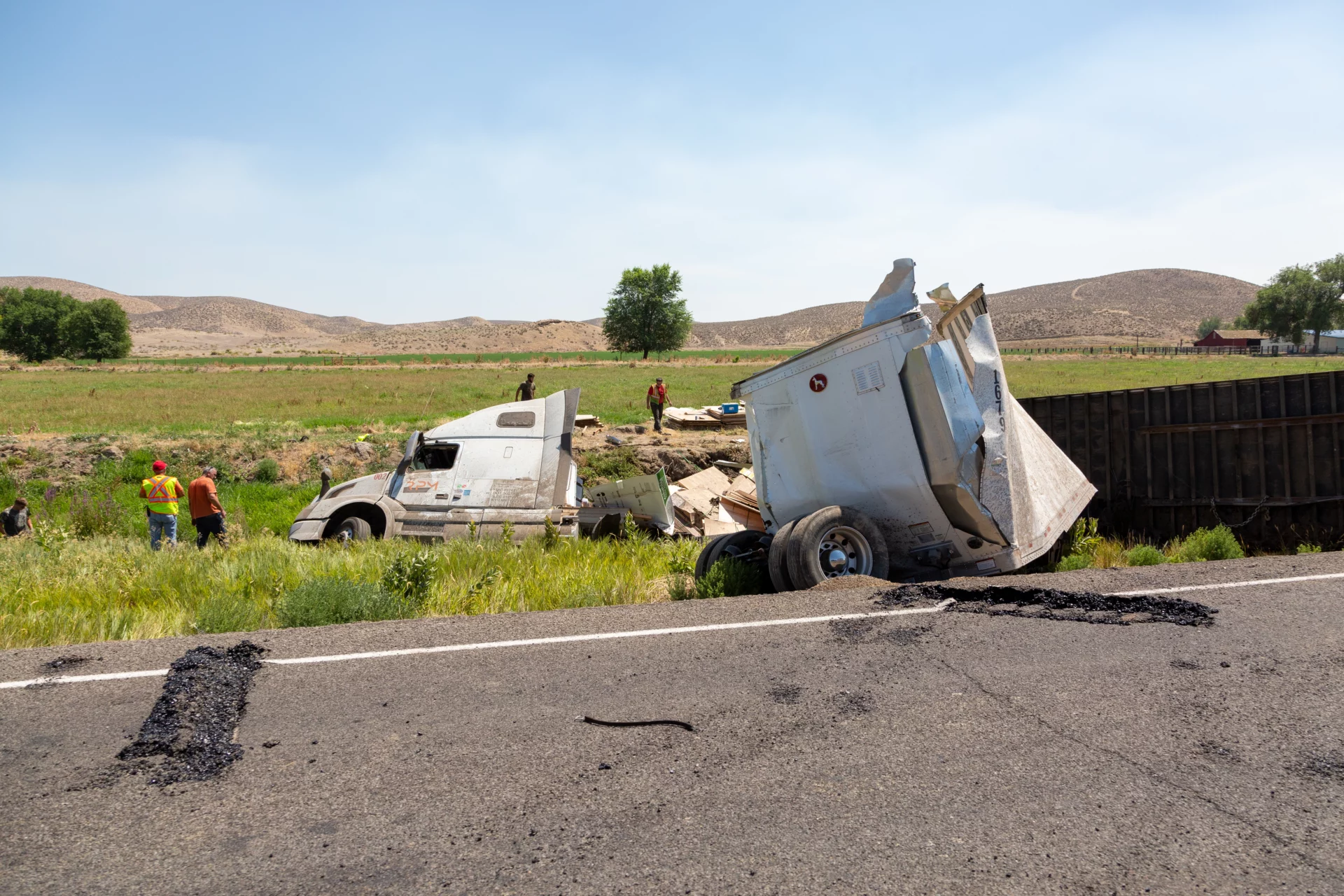
Everyone can attest to the feeling of slipping, tripping, or perhaps even falling.
Usually, these accidents are minor, happen as a result of clumsiness, and result in nothing more than looking around–perhaps rather sheepishly–to see if anyone noticed the maladroit move.
While less common, more serious slip and fall accidents can and do happen.
When a slip and fall accident results in serious injuries, a victim may be left wondering where they should turn.
At the offices of Kreizer Law, our NJ and NY slip and fall lawyers are available to help you build your case, understand your rights, and recover compensation for your harm.
Top Causes of Slip and Fall Accidents

As stated above, most minor slip and falls are a result of clumsiness and unskillful maneuvering – no one is really to blame, except for perhaps the victim themselves.
This isn’t always the case, though.
Another top cause of slip and fall accidents is that of dangerous or defective conditions, including:
- Torn carpet;
- Ice and snow;
- Wet surfaces;
- Spills of food and drink;
- Loose wires and objects;
- Debris in walking areas;
- Broken stairs, escalators, or elevators;
- Potholes and depressions in walking areas; and
- Falling objects.
Slips, trips, and falls can happen on all different property types, including in the workplace, at retail and shopping centers, on private property, and on public property, including in parks and government buildings.
When a Slip and Fall Results in a Serious Injury
A little trip can result in a stubbed toe, or a minor fall may result in a painful bruise, but most of the time, slip and fall accidents don’t require medical care.
Depending on the height from which a person falls, the angle of the fall, the surface onto which a person falls, and the health, mobility, and resiliency of the person who falls, injuries can vary. Sometimes, serious injuries, such as the following, result:
- Traumatic brain injuries. If a slip and fall victim hits their head as a result of the fall, a slip and fall injury may result.
- Bone fracture injuries. Bone fractures are one of the more common slip and fall injury types. A bone fracture can happen anywhere in the body, but is especially common in the wrist, elbow, and clavicle (these parts of the body typically sustain the most force in a fall, as a person will usually reach out an arm to brace the fall).
- Back and neck injuries. Landing on one’s back or in an awkward position can result in soft tissue injuries to the back and/or neck. In the most serious of cases, a person could even injure a vertebra, leading to a spinal cord injury. This is one of the most severe injury types.
In addition to the above, lacerations, bruises, internal injuries, and soft tissue injuries to other parts of the body are all possible.
Can I File a Lawsuit After a Slip and Fall Injury?
If you slip and fall at home or as a result of your own negligence, you will likely have little legal recourse – hopefully, you have good health insurance that will cover the costs of your medical expenses. If you slip and fall on the property of another party, however, and your own negligence played no role in the accident, you may be able to bring a claim against the owner of the property.
Your right to do this is protected under the theory of premises liability, which holds that property owners have a duty to maintain their properties in a reasonably safe and hazard-free condition.
Should a hazard exist on a property, the property owner has a duty to correct the hazard within a reasonable amount of time, and to provide warning of the hazard to anyone who enters the property if immediate repair is not possible.
As such, if you can prove that a dangerous condition existed on the property and that:
- the property owner knew or should have known of the condition;
- the property owner failed to remedy the condition within a reasonable amount of time (or provide warning of the condition); and
- the condition was the proximate cause of your slip and fall,
then you can file a claim for the full value of your damages against the property owner. Most of the time, premises liability claims are settled out of court.
If you and the property owner/insurer cannot reach a settlement, however, you will maintain the right to file a lawsuit.
Steps to Take after a Slip and Fall
A serious injury can result in myriad losses and expenses, including disability, lost wages, medical expenses, and more. If you plan to bring a claim against the property owner for damages, it’s important that you know what steps to take after the incident to improve the chances of your claim’s success. Our NJ slip and fall attorneys recommend:
- Providing the owner of the property with notice as soon as possible, preferably within 24 hours of the incident;
- Filing an official report (what is “official” may depend on where the accident occurred – talk with the property owner/manager to learn more);
- Seeking medical care and keeping thorough documentation of care; and
- Gathering any evidence, including photographs of the dangerous condition, statements of anyone who saw the accident, proof of your injuries, video footage of the event, and more.
You should also call a lawyer as soon as you can. In New Jersey, the personal injury statute of limitations is two years from the date of accident. If you wait longer than two years to bring forth your claim, you could be permanently barred from recovery.
Call Our NJ and NY Slip and Fall Lawyers Immediately
Our NJ and NY slip and fall lawyers are here to support you and provide you with aggressive representation and knowledgeable counsel.
Call us toll-free 1-(800)-4-JUSTICE® to begin evaluating your case.
To schedule your free case consultation with our law firm today, please call us directly or send us a message telling us more about your case. We work on a contingency fee basis, and always will provide you with free information before you hire us.










